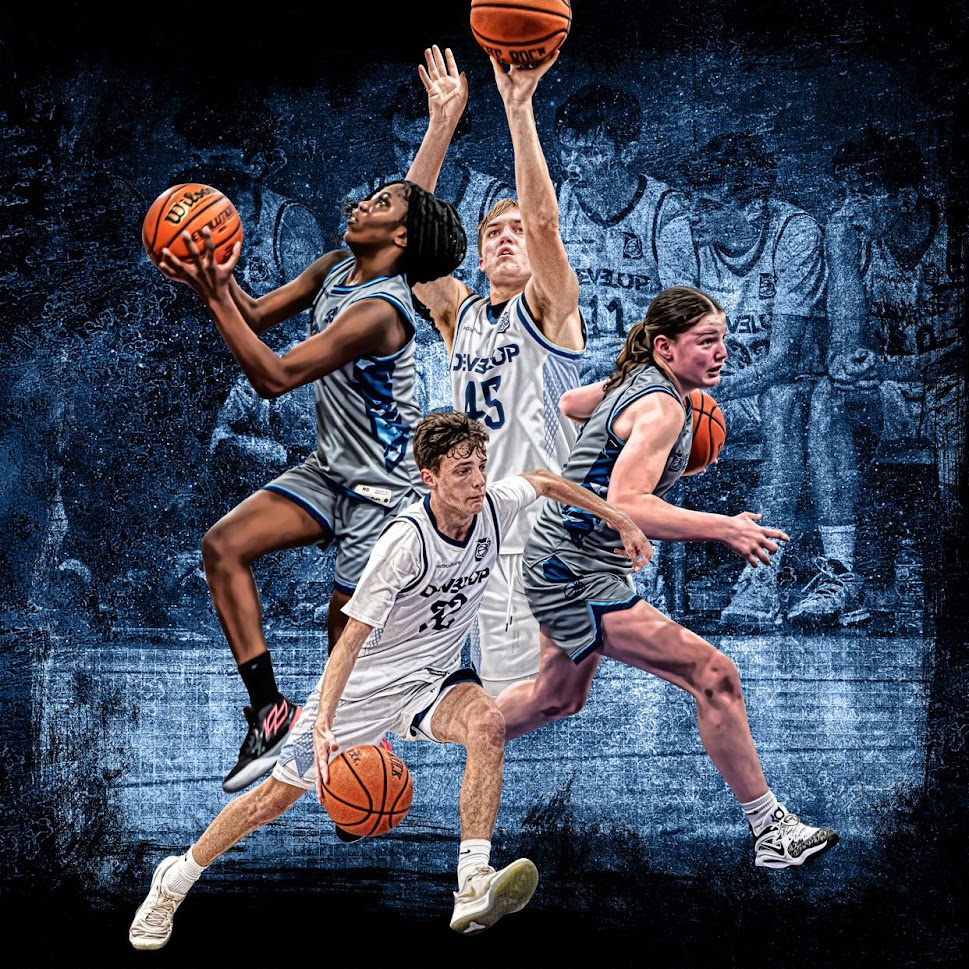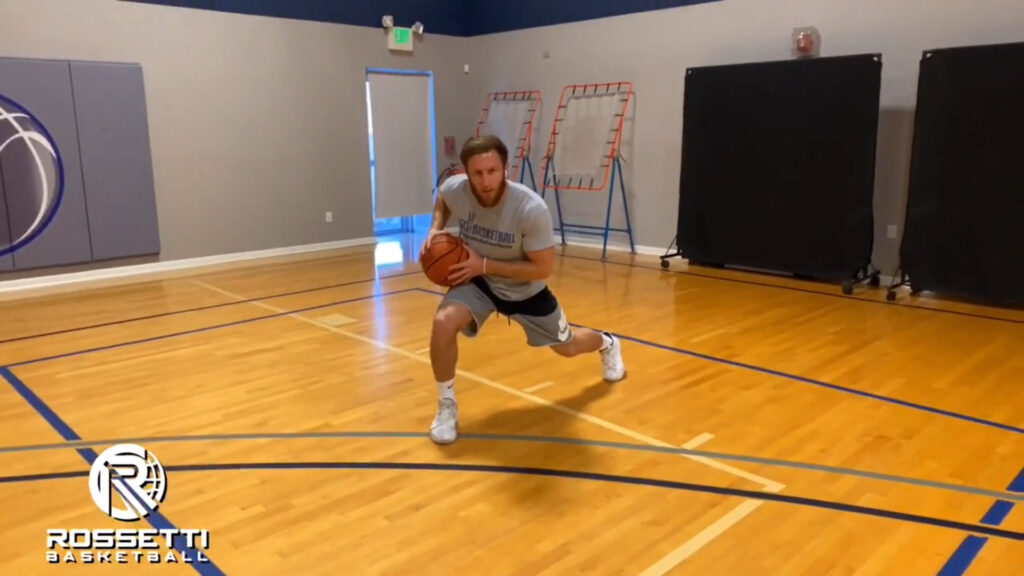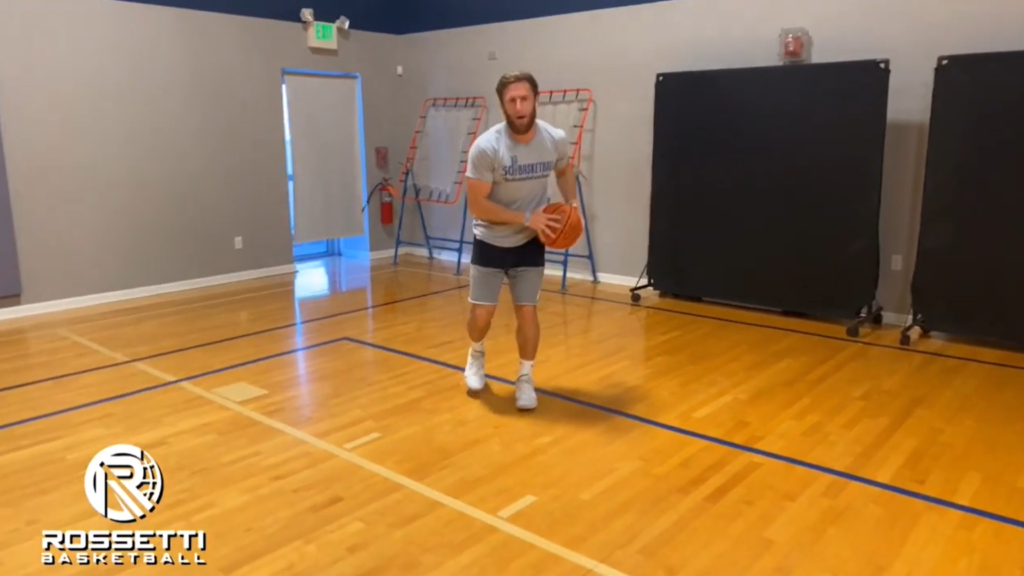
In the fast-paced world of basketball, staying ahead of the competition requires more than just hard work—it demands innovation. With advancements in technology, players and coaches now have access to tools that can transform training methods, improve performance, and prevent injuries. As we step into 2025, the basketball training landscape is being revolutionized by cutting-edge technologies. In this blog, we’ll explore the top five emerging basketball training technologies that are set to redefine the game.
Key Trends or Points
1. AI-Powered Performance Analytics
Artificial Intelligence (AI) is taking basketball training to the next level. AI-driven tools analyze player performance in real-time, providing insights into shooting accuracy, defensive positioning, and more. Systems like HomeCourt and NOAH Basketball are leading the way, offering instant feedback that allows players to make data-driven improvements. These technologies also help coaches develop personalized training plans based on individual strengths and weaknesses.
AI systems are not only used by elite players but are also accessible to amateurs. For example, HomeCourt’s mobile app allows players to analyze their shots using just a smartphone camera, making advanced analytics available to all skill levels. The data collected can highlight areas for improvement, such as release time or shooting arc, ensuring every practice session is productive.
2. Wearable Technology for Player Monitoring
Wearable devices are becoming a staple in basketball training, providing real-time data on player movement, heart rate, and workload. Tools like WHOOP bands and Catapult systems monitor metrics such as jump height, sprint speed, and recovery time, helping athletes optimize their performance and avoid overtraining. This technology empowers players to understand their physical limits and achieve peak performance.
For example, Catapult’s GPS trackers are widely used by professional teams to assess player workload during practices and games. These insights help coaches design training schedules that maximize performance while minimizing injury risks. Players benefit from knowing when to push harder and when to focus on recovery.
3. Virtual Reality (VR) Training Simulations
Virtual Reality is revolutionizing how players practice by creating immersive training environments. VR tools like STRIVR allow athletes to simulate game scenarios, work on decision-making skills, and improve court awareness—all without stepping onto the court. These simulations provide a safe space to learn and grow, helping players sharpen their skills in high-pressure situations.
VR is especially valuable for young players who need to build confidence in competitive scenarios. By replaying realistic game situations, athletes can practice reacting to defensive setups, executing plays, and making split-second decisions. This type of training not only enhances physical skills but also boosts mental preparedness.
4. Smart Basketballs and Training Equipment
Smart basketballs, like those developed by DribbleUp and Wilson X, are changing the way players hone their skills. Equipped with sensors, these basketballs track shooting techniques, dribbling patterns, and spin rates. Paired with smartphone apps, they provide instant feedback and tailored drills, making practice sessions more effective and engaging. Similarly, smart hoops with integrated shot tracking are gaining popularity among players and coaches.
DribbleUp’s smart basketball, for instance, allows players to follow guided training sessions that focus on improving dribbling speed and accuracy. These sessions are gamified, turning practice into an enjoyable challenge while delivering measurable results. The integration of such technology ensures consistent skill development even outside of team practices.

5. Biomechanics and Motion Capture Technology
Advanced motion capture systems, like those by Vicon and Kinexon, are enabling detailed analysis of player movements. These technologies capture every aspect of an athlete’s motion, from foot placement to shooting form. By identifying inefficiencies and potential injury risks, biomechanics technology helps players fine-tune their technique and prolong their careers. Teams at the professional and collegiate levels are already adopting these systems for comprehensive training.
For example, Vicon’s motion capture cameras can analyze the exact angles of a player’s jump shot, helping to identify subtle mechanical flaws that might otherwise go unnoticed. This data-driven approach ensures athletes can refine their movements for maximum efficiency and performance.
Real-Life Applications or Benefits
The integration of these technologies into basketball training offers numerous benefits. Players gain actionable insights to improve their skills, while coaches can create data-driven training plans tailored to each athlete. These tools also enhance injury prevention by monitoring physical stress and identifying biomechanical flaws. Ultimately, these technologies bridge the gap between potential and performance, enabling players to excel on and off the court.
Are you ready to embrace the future of basketball training? At Rossetti Basketball, we’re committed to leveraging cutting-edge technologies to help players achieve their full potential. Explore our programs and see how we integrate the latest advancements into our training methods. Visit our website today and take the first step towards transforming your game.

